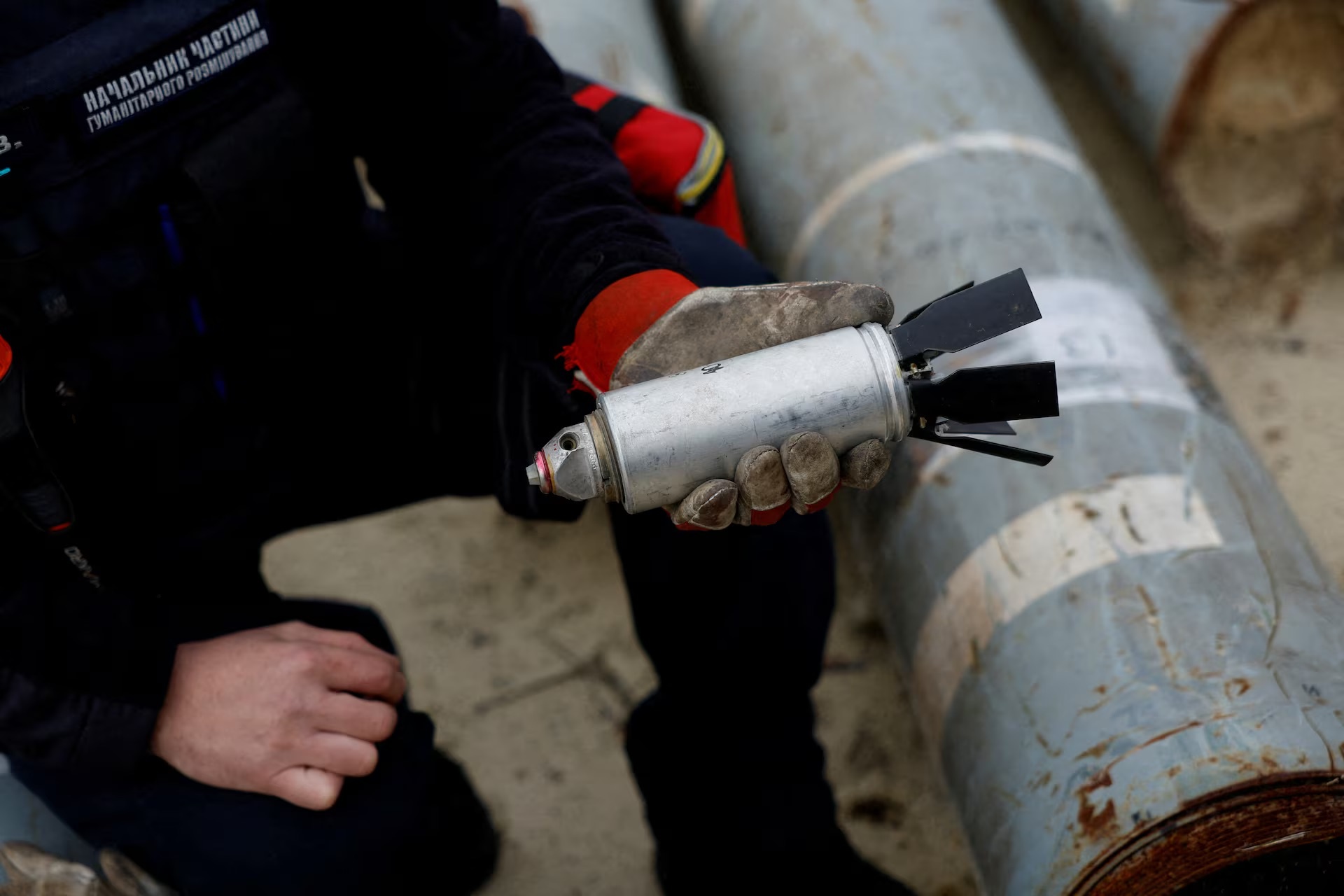
Rockets struck the Israeli city of Or Yehuda and nearby towns, dropping smaller bombs across residential areas, according to The New York Times .
The Israeli military said the missile’s warhead opened at an altitude of about 7 kilometers (4.3 miles) and scattered about 20 bomblets over an area of about 8 kilometers (5 miles), including areas near hospitals and residential areas. There were no casualties, but the use of a weapon considered dangerous and indiscriminate has raised concerns.
Israeli forces warned residents that unexploded bombs remain a threat and could detonate at any time. According to The Times , videos showed several craters and unexploded shells, possibly bomblets from Iranian ballistic missiles.
What are cluster bombs and why are they banned?
Cluster munitions are explosive weapons that disperse small bomblets, called submunitions or fragmentation bombs, over a wide area before they hit the ground. Submunitions are designed to explode immediately upon impact or after a delay. However, many submunitions fail to explode, remaining a potential hazard for months or even years after a conflict has ended, posing a long-term risk to civilians.
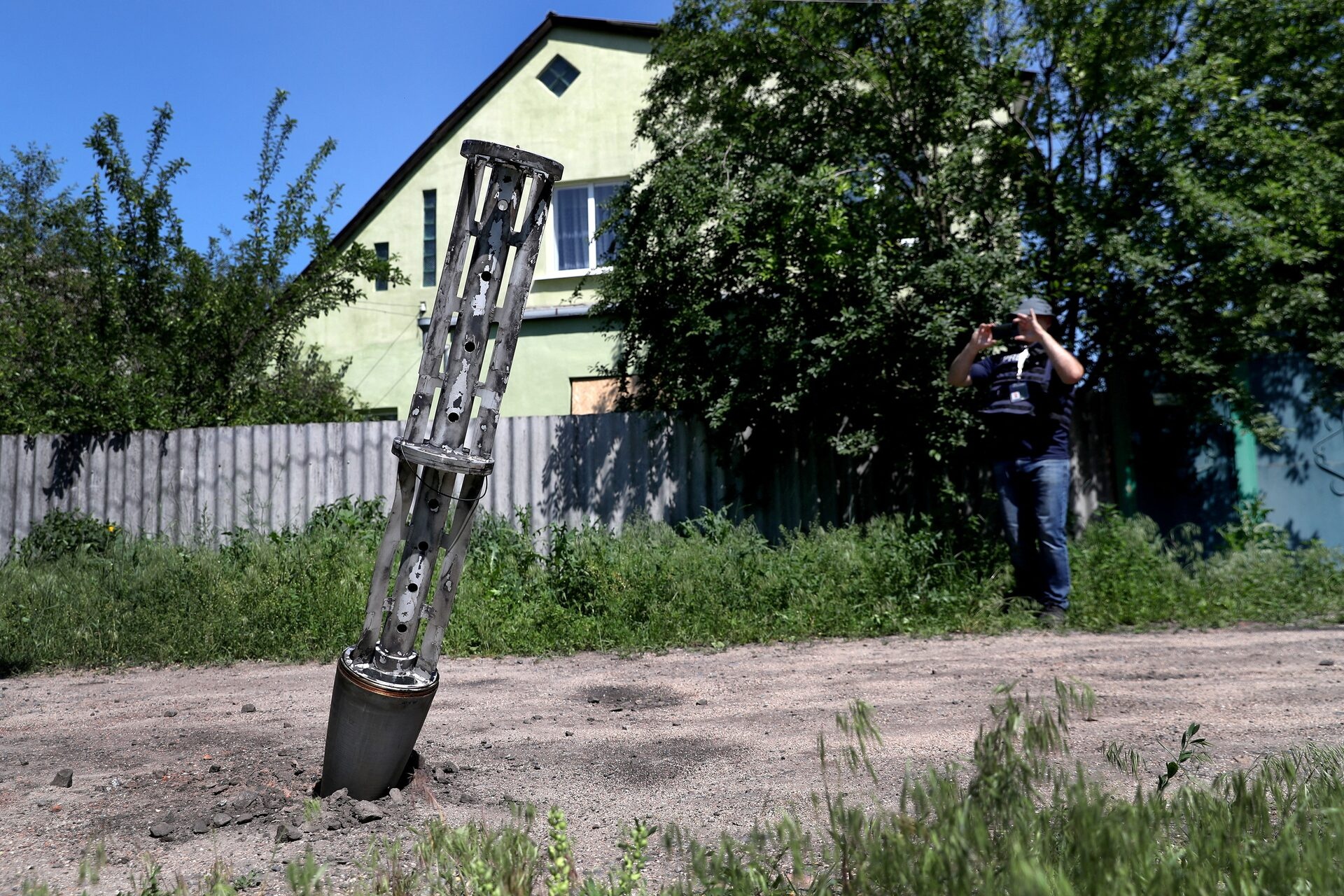 |
An empty cluster bomb warhead stuck in the ground in Ukraine in 2022. Photo: Reuters . |
Cluster bombs can be dropped from the air or launched from the ground and can cover large areas, up to the size of several football fields, making them particularly dangerous in densely populated areas, according to the United Nations Office for Disarmament Affairs.
“They are extremely destructive weapons with the potential to cause widespread destruction, especially if used in populated areas,” Daryl Kimball, executive director of the Arms Control Association, told Reuters. He also noted that Iranian missiles can be inaccurate, and Tehran should understand that cluster bombs “will hit civilian targets rather than military targets.”
"The Iranian military launched a missile loaded with a submunition into a densely populated area in Israel," the Israeli embassy said in an email to Reuters. "Cluster bombs are designed to disperse over a wide area to maximize the potential for harm. Iran has violated the law by deliberately targeting population centers to maximize the harm to civilians in the area with a weapon that has a wide range of attack."
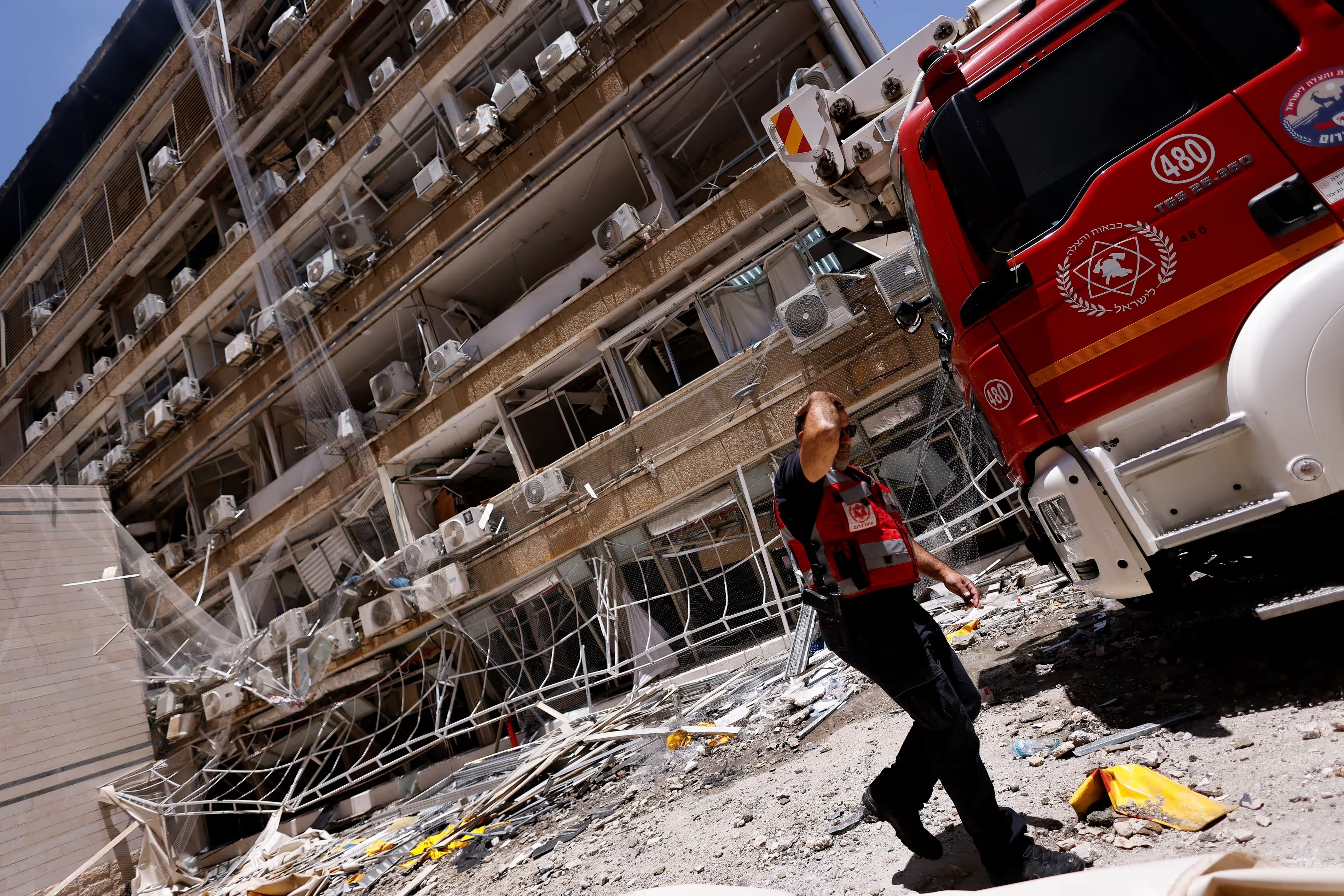 |
Hospital in Beersheba, Israel after a rocket attack on June 19. Photo: Reuters . |
The biggest problem is the failure rate of submunitions, which turns them into land mines. Failure rates can range from 2 to 40 percent, depending on the manufacturer, according to the Center for Strategic and International Studies (CSIS).
The Israeli military has released a graphic warning the public about the dangers posed by unexploded ordnance. “This terrorist regime wants to harm civilians and has even used weapons that disperse widely to maximize the scope of damage,” Maj. Gen. Effie Defrin, an Israeli military spokeswoman, said at a press conference.
Signs of escalating conflict
The 2008 Convention on Cluster Munitions (CCM), which entered into force in 2010, prohibits the use, development, production, acquisition and transfer of cluster munitions. To date, 111 countries and 12 other organizations have signed the treaty. However, key countries such as Israel, Iran, the United States, Russia, China and India have not joined. According to the United Nations, 99% of the global cluster munition stockpiles have been destroyed under the treaty.
Bonnie Docherty from Human Rights Watch explains that cluster bombs “cannot distinguish between military personnel and civilians because they disperse bomblets over large areas and leave behind unexploded bombs that resemble landmines.”
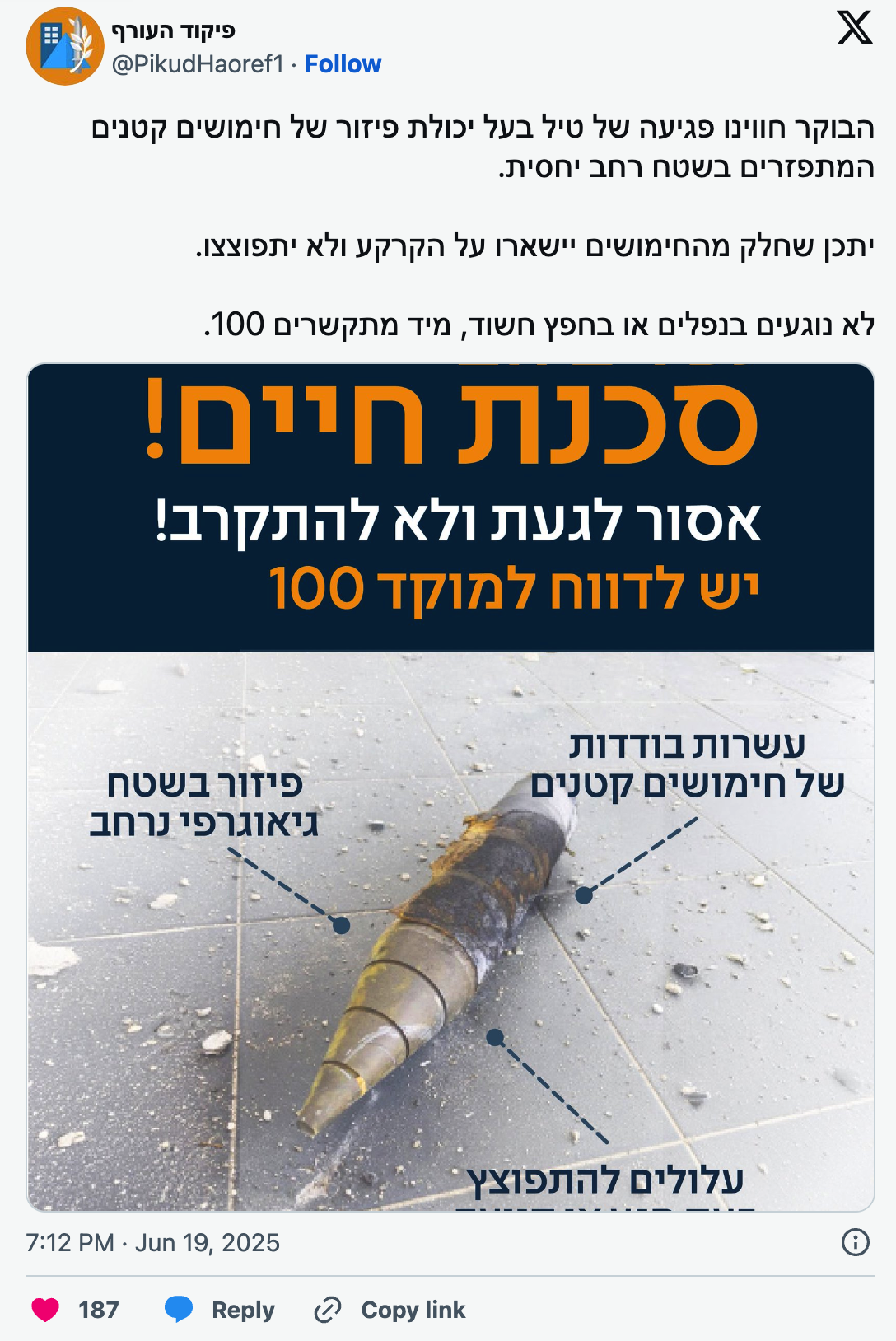 |
Israel warns of bomblets left on the ground that could explode. Photo: The Times of Israel . |
Israel has used cluster bombs before, most notably in the 2006 Lebanon war. More recently, both Russia and Ukraine have used cluster bombs in conflicts, and the US also supplied cluster bombs to Ukraine in 2023, according to CSIS.
Iran’s alleged use of cluster bombs, possibly Qiam or Khorramshahr missiles, suggests a shift in military strategy aimed at maximizing target coverage, even at the risk of civilian casualties. “Sometimes you don’t need that level of destruction, just having a geographical distribution can be enough,” Fabian Hinz of the International Institute for Strategic Studies told The New York Times.
As both Iran and Israel step up their military activities, the use of these controversial weapons not only signals an escalation of the conflict but also raises warnings about the long-term dangers to civilians. The dangers of landmines can persist long after the conflict ends.
Source: https://znews.vn/muc-do-nguy-hiem-cua-loai-bom-cam-ma-iran-nem-len-israel-post1562611.html




























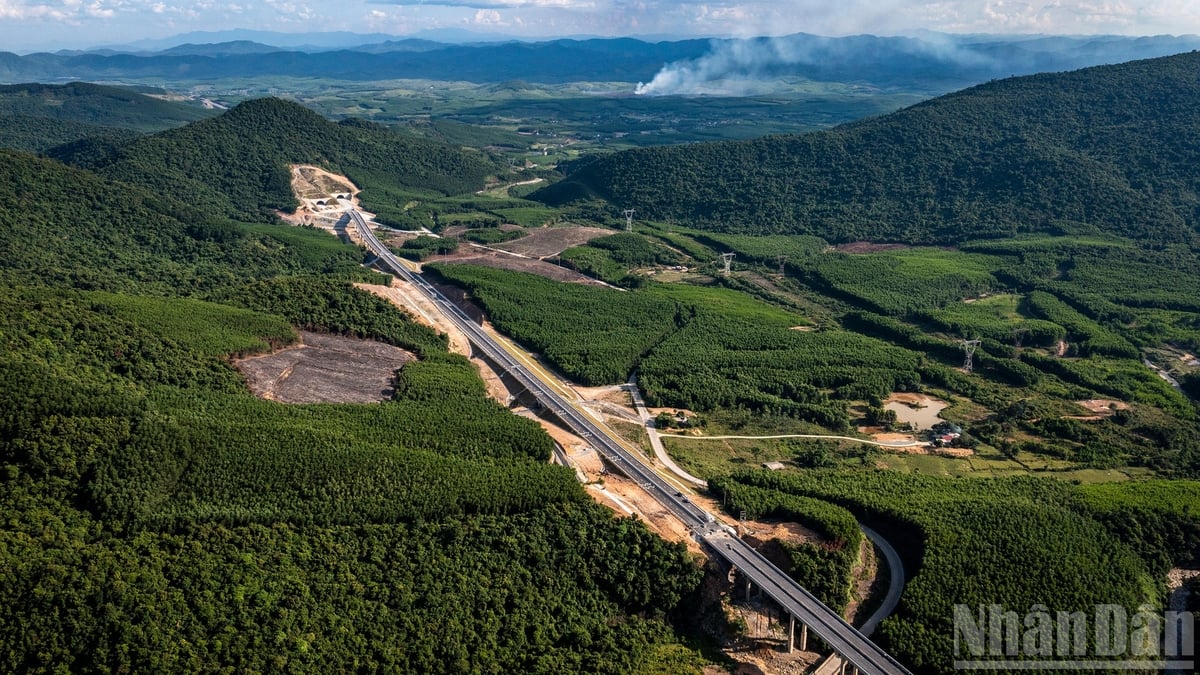
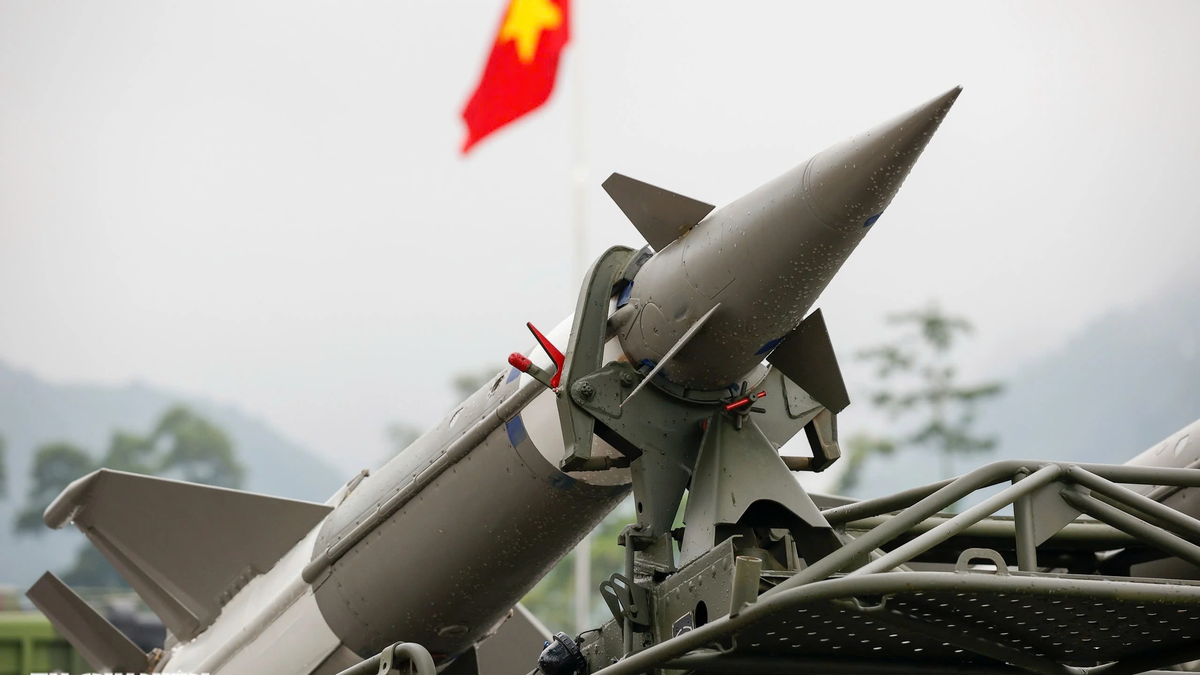








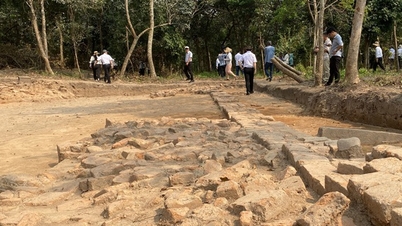







































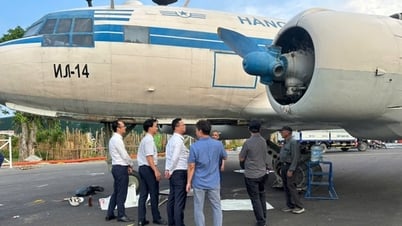























Comment (0)